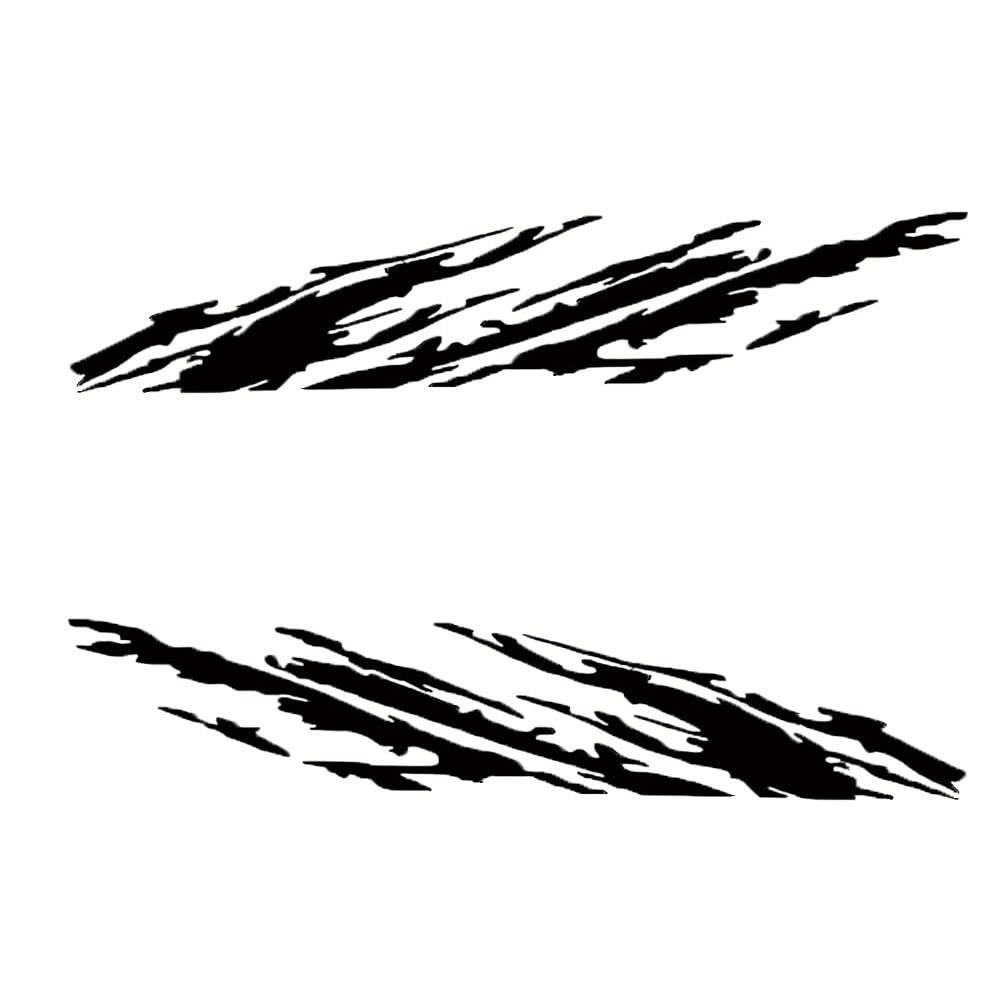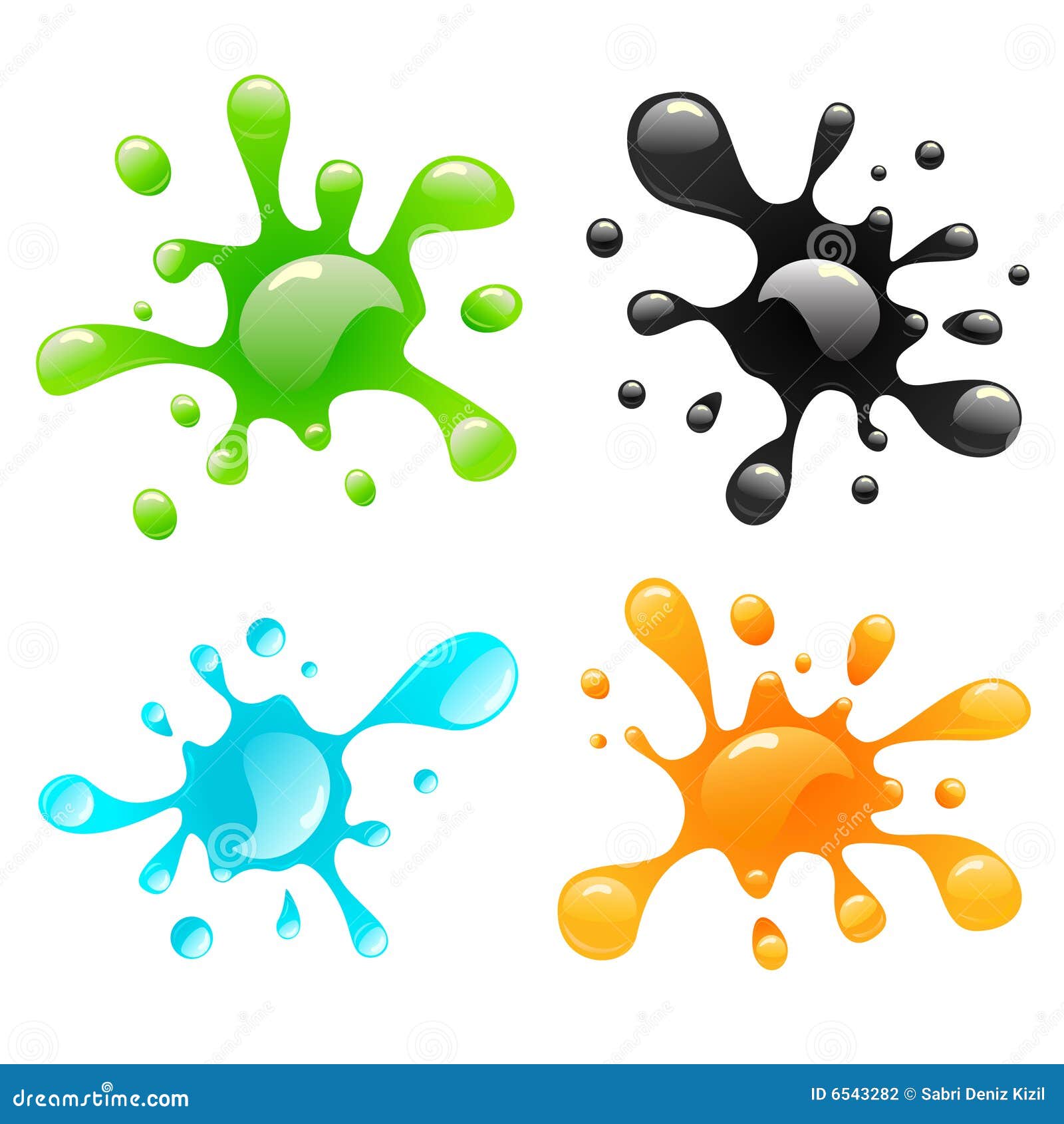Splash graphics: A Deep Dive into Visual Impact
Splash graphics, those eye-catching visuals that grab attention and communicate a message instantly, are a crucial element in design across various media. From website hero images to mobile app introductions, and even book covers and marketing materials, splash graphics serve as a powerful first impression. This article explores the world of splash graphics, delving into their purpose, types, best practices, and the tools used to create them.
What are Splash Graphics?
A splash graphic is a visually compelling image or design, often incorporating text, used to immediately engage an audience and convey a specific message. They are designed for impact, aiming to capture attention within seconds and leave a lasting impression. Think of the striking image that dominates a website’s landing page or the vibrant artwork that introduces a new mobile game – these are prime examples of splash graphics in action.

The Purpose of Splash Graphics
Splash graphics serve several key purposes:
Grabbing Attention: In a world saturated with information, splash graphics cut through the noise and capture the viewer’s focus. Their visual impact is designed to stop the scroll and encourage further engagement.
Types of Splash Graphics

Splash graphics come in various forms, each with its own strengths and applications:
Hero Images
Hero images are large, often panoramic, visuals used on websites to showcase a product, service, or brand. They typically occupy a prominent position on the page, often above the fold, and are designed to make a strong visual statement.
Loading Screens
Loading screens utilize splash graphics to entertain and engage users while a website or application loads. They can incorporate animations, progress bars, or brand-related imagery to create a more pleasant waiting experience.
App Launch Screens
App launch screens introduce a mobile app and often display the app’s logo and name. They provide a brief moment of branding before the app fully loads and becomes interactive.
Social Media Banners
Social media platforms use splash graphics for profile banners and cover photos. These visuals help users express their personality or brand identity on their social media profiles.
Promotional Graphics
Promotional graphics are used to advertise products, services, or events. They can be used online or offline and often incorporate eye-catching visuals and compelling text to attract attention.
Infographics
While not strictly splash graphics, infographics share the goal of visual communication. They present data and information in a visually engaging way, making complex information easier to understand.
Best Practices for Creating Effective Splash Graphics
Creating a compelling splash graphic requires careful consideration of several key factors:
High-Quality Imagery
Use high-resolution images that are clear, crisp, and visually appealing. Blurry or pixelated images will detract from the overall impact of the graphic.
Compelling Typography
Choose fonts that are legible, visually appealing, and consistent with the brand’s identity. Ensure that the text is easy to read and complements the imagery.
Clear Message
Keep the message concise and easy to understand. Avoid cluttering the graphic with too much text. Focus on conveying the core message quickly and effectively.
Strong Call to Action
If the goal of the splash graphic is to drive action, include a clear and compelling call to action. Tell the viewer what you want them to do.
Branding Consistency
Maintain consistency with the brand’s visual identity. Use colors, fonts, and imagery that align with the overall brand aesthetic.
Mobile Optimization
Ensure that the splash graphic is optimized for viewing on different devices, including smartphones and tablets. Consider the different screen sizes and resolutions.
Accessibility
Design the splash graphic with accessibility in mind. Use sufficient contrast between the text and background, and consider providing alternative text for images.
Tools for Creating Splash Graphics
Numerous tools are available for creating splash graphics, catering to different skill levels and budgets:
Adobe Photoshop
Photoshop is a professional image editing software that offers a wide range of tools for creating and manipulating images. It’s ideal for creating complex and highly customized splash graphics.
Adobe Illustrator
Illustrator is a vector graphics editor that is perfect for creating scalable graphics that can be used in various sizes without losing quality. It’s often used for creating logos and illustrations.
Canva
Canva is a user-friendly online design tool that offers a wide range of templates and design elements. It’s a great option for beginners and those looking for a quick and easy way to create splash graphics.
GIMP (GNU Image Manipulation Program)
GIMP is a free and open-source image editing software that offers many of the same features as Photoshop. It’s a good alternative for those on a budget.
Figma
Figma is a collaborative design tool that is popular among UI/UX designers. It’s well-suited for creating splash graphics for websites and mobile apps.
Examples of Effective Splash Graphics
Analyzing successful splash graphics can provide valuable insights into what makes them effective. Look for examples that:
Clearly communicate a message.
The Future of Splash Graphics
As technology evolves, so too will the world of splash graphics. We can expect to see more interactive and dynamic splash graphics, incorporating elements such as animation, video, and 3D effects. The rise of augmented reality and virtual reality will also create new opportunities for innovative splash graphic design.
Conclusion
Splash graphics are a powerful tool for visual communication. By understanding their purpose, types, and best practices, designers can create effective splash graphics that capture attention, convey messages, and drive action. Whether you’re designing a website, creating a mobile app, or developing marketing materials, splash graphics can play a vital role in making a lasting impression. By staying up-to-date with the latest trends and technologies, designers can continue to push the boundaries of splash graphic design and create even more impactful visuals.
splash graphics
